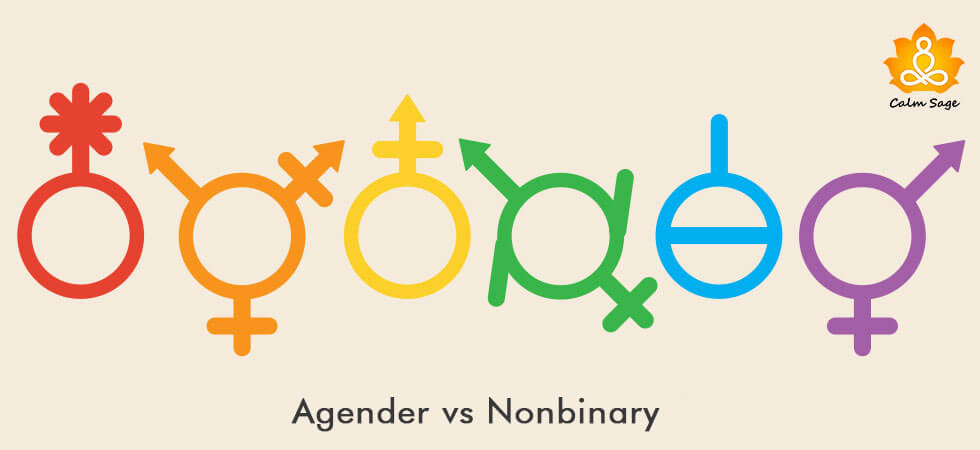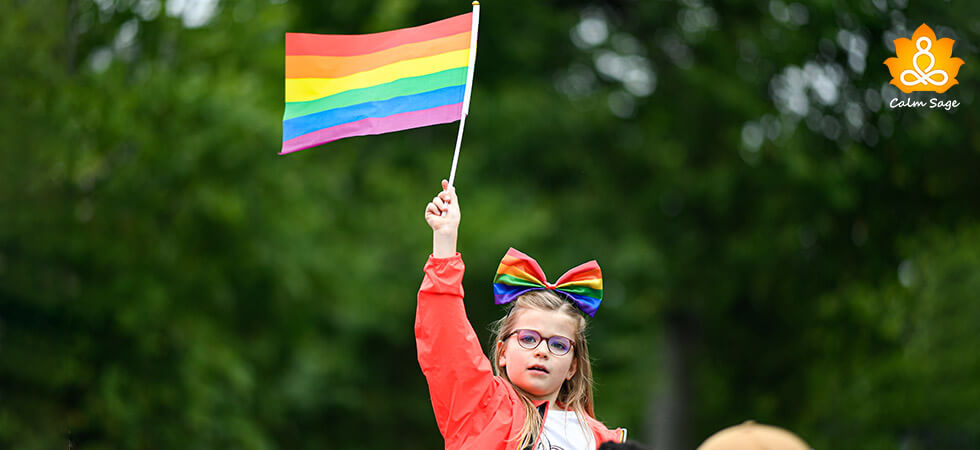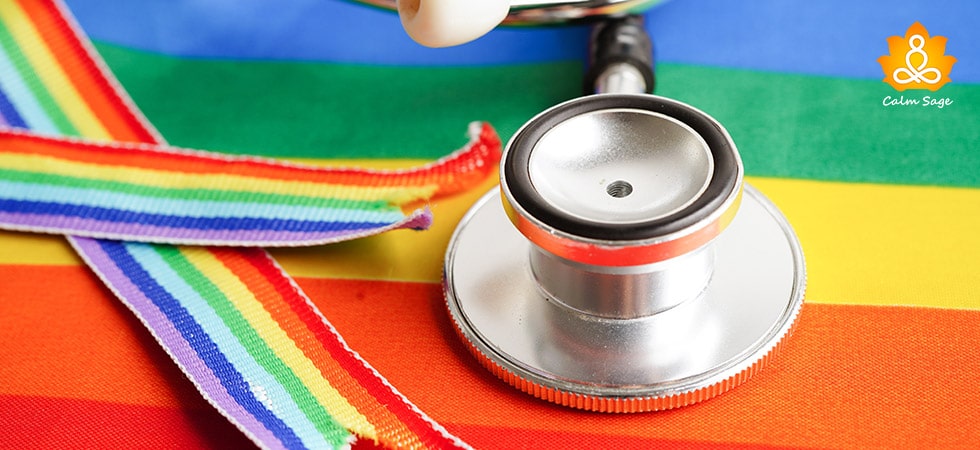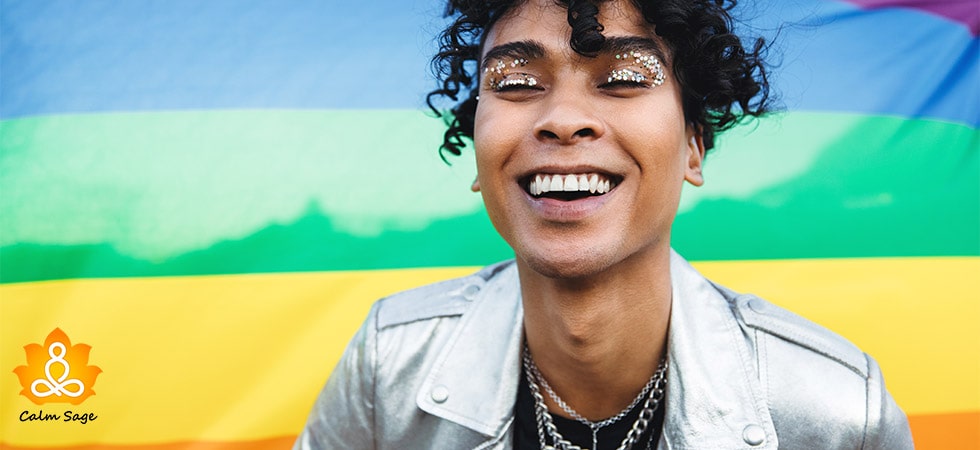Demystifying Gender Labels: An In-Depth Guide For Agender vs. Nonbinary

One of the most complex and multifaceted aspects of our society and, by extension, our identity is gender. Our gender identity is something personal to us and also an important part of our social growth. In the last few years, our society has come to recognize that there might be more than binary genders aka male and female. However, as we are becoming more aware of nonbinary gender terms, more differences are coming to light.
What ideas we had about gender identities have evolved and now we have come to acknowledge that gender is a diverse spectrum and cannot be conformed into binary genders.
Two of these gender identities that we’ll be exploring more in this article are agender and nonbinary. While agender and nonbinary are two terms that fall under the same gender-fluid umbrella, there are differences between the two identities.
Let’s start by first understanding what each of these gender-fluid terms means. Keep reading to learn what else to keep in mind to help support a loved one who is exploring their gender identity.
What Does it Mean to Be Nonbinary?

Nonbinary is an umbrella term with a diverse range of gender identities under it that might not fit in with binary gender terms and expressions. As a nonbinary individual, a person may experience fluctuating gender identities. They may either identify as both genders (male and female), neither of the two genders or a combination of both. Sometimes, they may identify as a completely different gender too.
Nonbinary individuals have unique experiences and identities and continuously challenge societal norms to create space where they can affirm their experiences and identities. You can find nonbinary identities under the transgender umbrella.
What Does it Mean to Be Agender?
On the other hand, as an agender, a person identifies as having no gender or having no gender identity. They may feel a great sense of detachment from the social concepts and norms of gender roles – masculinity and femininity – and may also reject social expectations that are often associated with gender expression.
People who identify as agender (also read as gender-neutral) feel free from the limitations of gender and may accept their identity as null or neutral as they do not align with a specific gender and their ideas, expectations, experiences, and expression may vary from others.
All gender identities fall under the nonbinary umbrella, however, not all agender people may be nonbinary or identify as one.
Agender vs. Nonbinary: Is There a Difference?
While it’s easy to understand how agender and nonbinary are two different identities, in some respects, they share similarities. Agender and nonbinary people both face similar social challenges, misunderstandings, nonacceptance, and exclusion. Gender dysphoria is also a common experience that agender and nonbinary individuals have to face.
When we talk about the differences between nonbinary and agender identities, it’s important to recognize that each of these genders has a unique experience and growth. Some people may choose to be seen as either masculine or feminine while others may choose a more androgynous or gender-neutral look.
Nonbinary gender expression can be quite diverse as some individuals may choose to opt for gender-affirming medical treatments (hormone therapy, gender surgeries, etc.) while some may prefer to use other forms of self-expression as their gender expression such as changing physical appearance, clothing, pronouns, etc.
The only glaring difference between agender and nonbinary gender identities is that a nonbinary identity is where a person does not fit under the traditional or binary identities such as the male-female identity, whereas, an agender identity is when a person sees themselves as having no or neutral gender identity.
Supporting Your Loved One Who Identifies as Nonbinary
If you have a loved one who is coming to terms with their gender identity as a nonbinary or an agender person, then you might need to consider some things to provide better support to your loved one.
1. Don’t be afraid to ask them more about their identity. Learn as much as you can about their gender identity even if you’re basically aware of it. It won’t hurt to learn more about them from their perspective. Just making an effort to understand your loved one is support in itself and a great way to show them that they are understood and heard.
2. Be careful with your language and choose to use gender-neutral language. Instead of using gendered terms such as “son/daughter” “girlfriend/boyfriend” and “brother/sister” – try to use gender-neutral terms such as child, friend, sibling, etc. You can also ask your loved one about their preferred pronouns as many nonbinary people choose to use “They/Them” pronouns when being addressed. Do not assume though – always ask.
3. Speak up against discrimination and don’t allow others to bully your loved one because of their preferred gender identity. Make sure you speak up if you see someone discriminating against a nonbinary individual – loved one or not.
4. Create a safe and non-judgmental space for your loved one. Allow your loved one to share their experiences and listen to them actively. As their ally, you need to create a safe space for them where they are not afraid to be themselves and are not fearful of rejection and abandonment.
Writer’s Thoughts…
Despite the many social and cultural challenges faced by the LGBTQIA+ community – especially nonbinary and agender individuals – many brave souls strive every day to embrace their true selves and speak up for themselves. Agender and nonbinary gender identities are a part of the wide gender spectrum.
Offering people, the freedom to define who they are as they wish to be and allowing them to be their true selves is one of the most crucial ways of supporting the LGBTQIA+ community and becoming the allies our loved ones need.
It all begins with understanding the nuances between nonbinary and agender identities. When you choose to embrace gender diversity, you take a step closer to building a world where no one is left behind and where no one is afraid to be their authentic selves, regardless of societal expectations, norms, and prejudice.
Let’s break the barrier by demystifying gender labels and accepting all identities, regardless of the traditional conforming ones. Despite one’s gender identity, they are to be respected and loved as a human being first. So, this Pride Month, let’s strive to understand gender identities and support our loved ones as they deserve to be supported.
Let me know what you think of this article on agender vs nonbinary gender identities in the comments below. You can also share your stories and messages with us on Calm Sage’s social media accounts.
Be Proud, and Be Well!




















